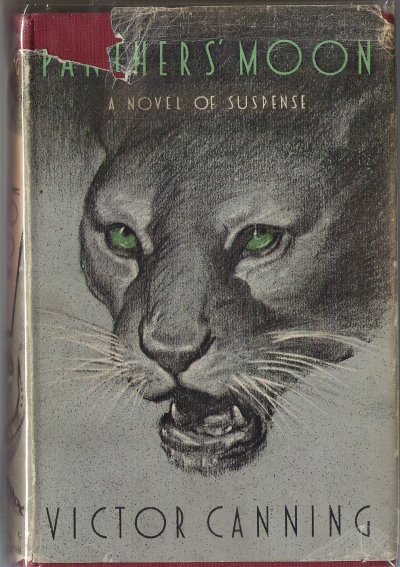
First edition 1948
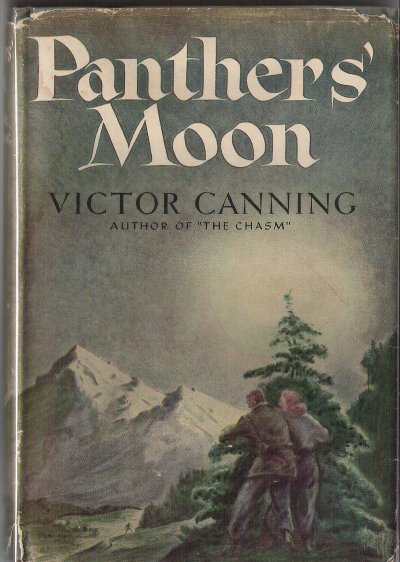
US first 1948
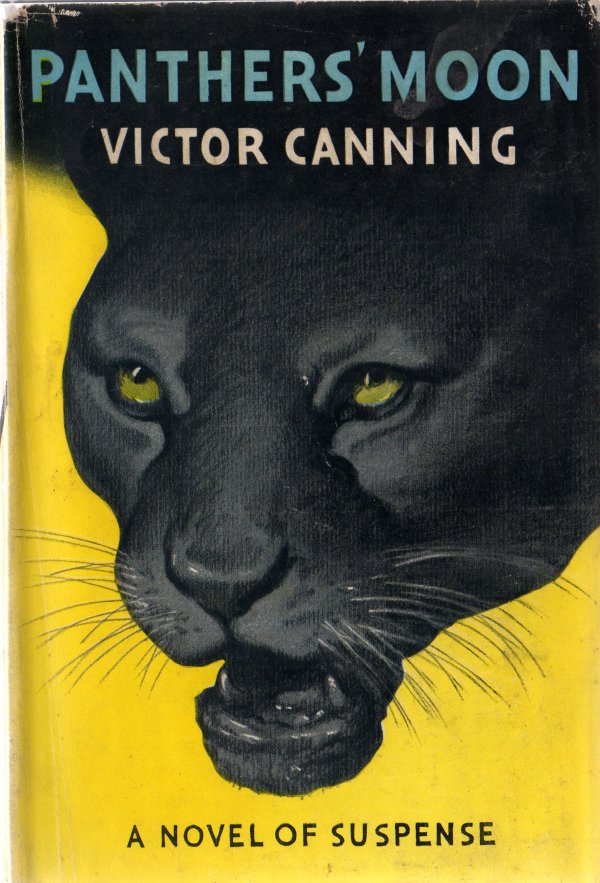
Yellow jacket
reprint 1950

1961 paperback

Uniform edition
 First edition 1948 |
 US first 1948 |
 Yellow jacket reprint 1950 |
 1961 paperback |
 Uniform edition |
 Super detective Library 1956 |
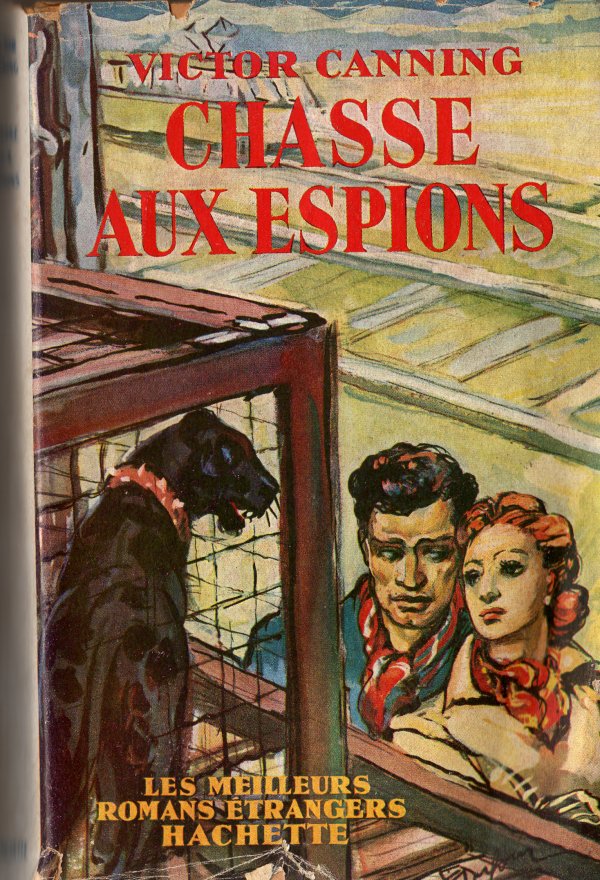 French translation 1951 |
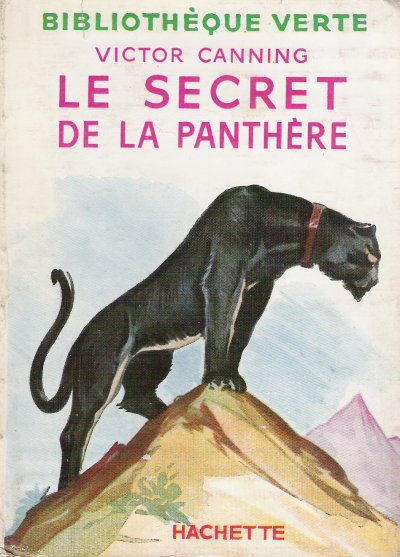 French translation 1955 |
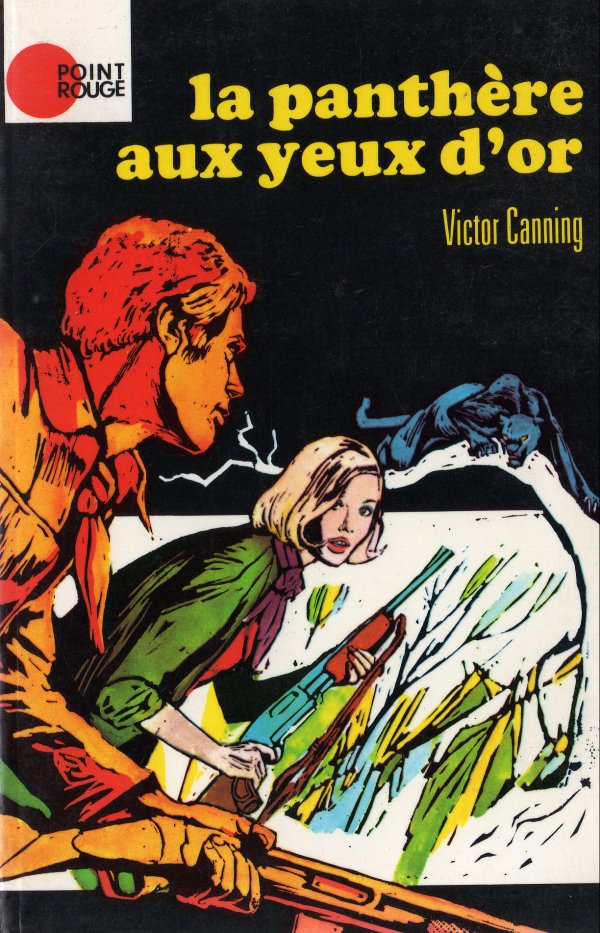 French translation 1972 |
The BookThe book is dedicated "to Lindel and Hilary", Canning's daughters then aged 9 and 7. This is the first espionage thriller that Canning wrote. His war work in Italy had included some top secret activity, but this concerned technical research on radar and gunnery, and had nothing to do with espionage. Nonetheless, Canning never discouraged publishers and reviewers from suggesting that his espionage stories were based on experience. The plot concerns Roger Quain who is taking two panthers, once the property of a fascist count, from Milan to his uncle's circus in Paris by train. He agrees to help a British secret agent, Catherine Talbot, by concealing microfilm in the collar of one of the animals. In Switzerland the train has an accident, the panthers escape, and a multifarious set of people with questionable motivations set about hunting them down. Obviously one of them is after the microfilm, but which one? The love story element is beautifully handled, since Catherine has to be weaned from her devotion to the memory of her dead lover in the Maquis, executed by a German firing squad. The final account of the killing of the male panther and the stand-off between Quain and his adversary is genuinely gripping. The whole book has dated remarkably little. |
Publishing HistoryThis was Canning's second post-war book for Hodder and Stoughton, published in 1948 at 8/6 with a print run of 12,500 copies. The US edition by Mill & Co came out at $3.00 in April 1948 and was reprinted in the same month. There was a cheap edition in 1950 at 5/- with a print run of 15,000 copies, a 1952 paperback with a print run of 60,000, and a further paperback in 1961. It was included in the Uniform Edition in 1968. A comic strip version appeared in Super Detective Library No. 58 in 1956. A thoughtful and positive review appeared in 2017 on the Vintage Pop Fictions blog. An earlier review by David Vineyard is on the Mystery*File blog. The book has been translated into French, Spanish, German and Dutch, the French translation having appeared in three different editions. |
The FilmThis was the first of Canning's books to be filmed. The film was released in 1950, starring Howard Duff and Marta Torén, and was directed by George Sherman. The first change made by the studio is to change the title from the fairly vivid Panthers’ Moon to the utterly bland Spy Hunt. The next is to make the hero American and to change his first name from Roger to Steve. Replacing a British hero with an American one was a common practice in the British cinema then, and was done at least partly to ensure US distribution. Altogether it happened to eight of the ten Canning books that were filmed. The secret agent is played by a Swedish actress, so she becomes Catherine Ullven. It is she who puts the microfilm in the panther’s collar, unbeknown to the hero, and later leaps daringly to slam a door imprisoning one of the panthers in an Alpine hut, both actions being performed by Quain in the book. There are several other changes to the plot. The derailment which allows the panthers to escape is an accident in the book but sabotage in the film. The love interest is much simpler; we hear nothing of Catherine’s dead fiancé, murdered by the Nazis for his Resistance role, who figures large in the book. And there is a different villain. The filming was all carried out in America. The shooting script makes it clear that a second unit had already filmed all the scenes involving the panthers, presumably in the hills of California, before the indoor shots were filmed in Hollywood. The animals used were pumas and, since black pumas do not occur in nature, these animals were dyed. I have seen a surviving copy which suffered from badly degraded picture quality but a surprisingly clear sound track. A version, presumably upgraded, has been released on a Blu-Ray disk set called "Film Noir XIII". A full review of the film has been posted on the Mystery*File blog. |